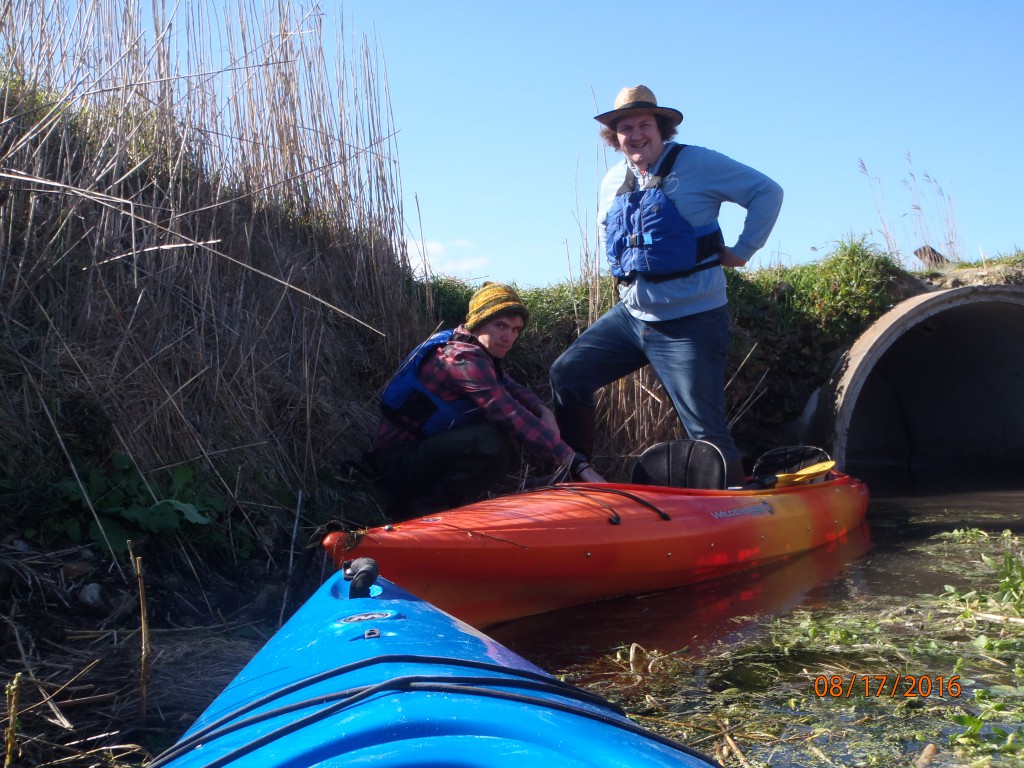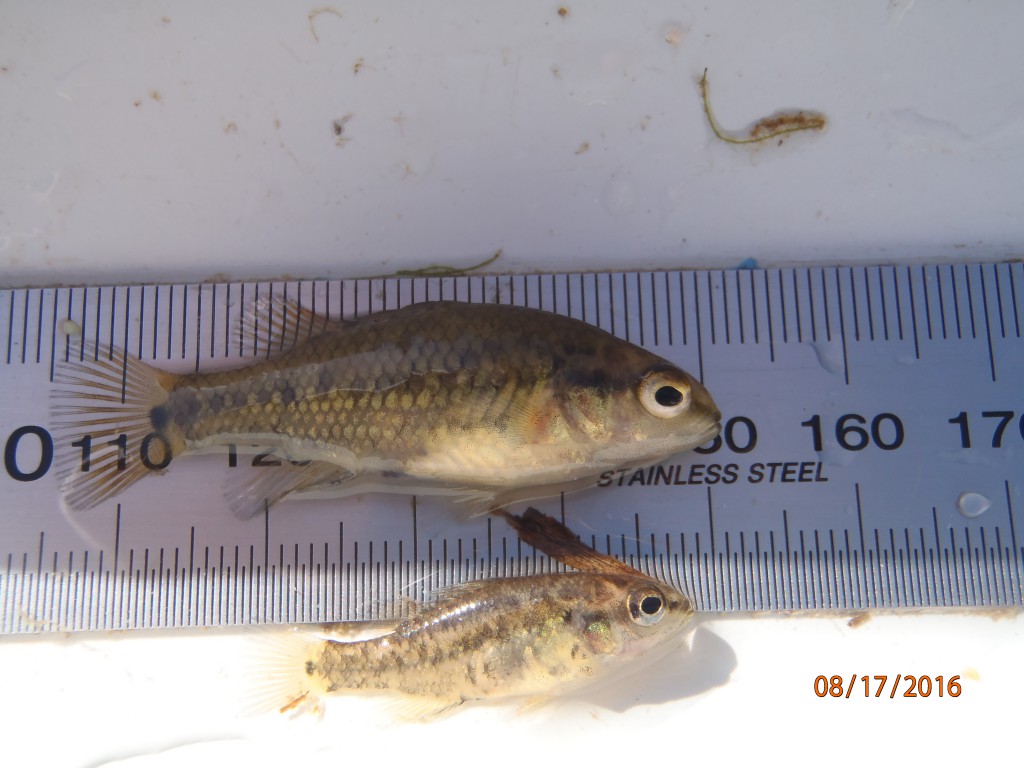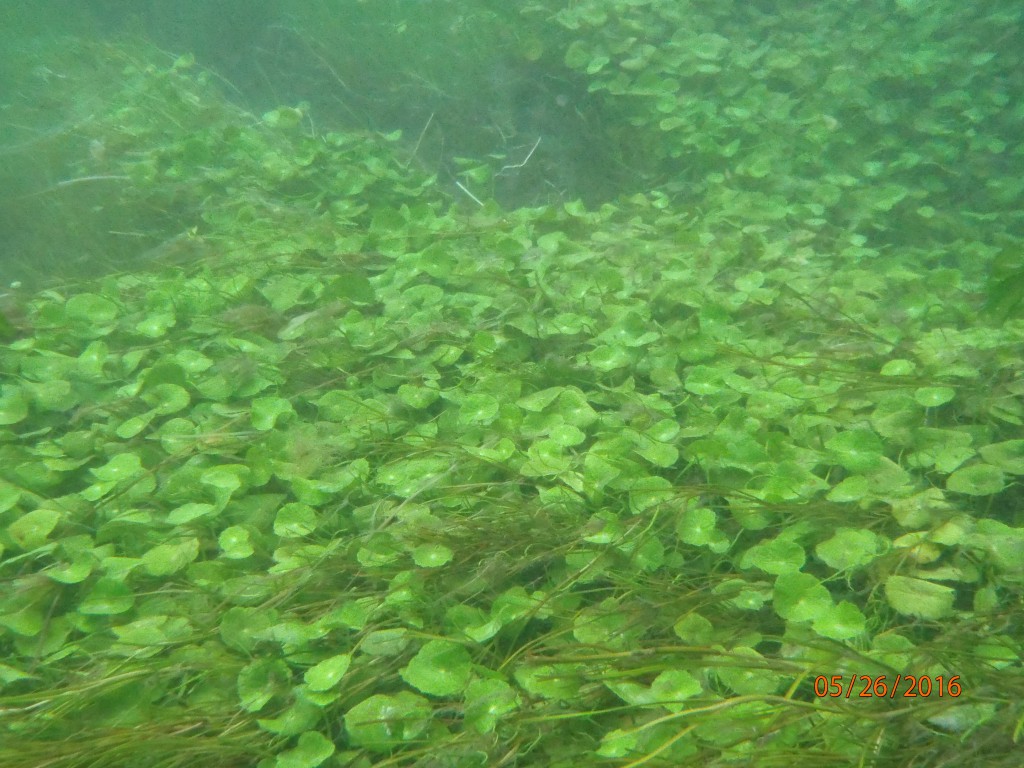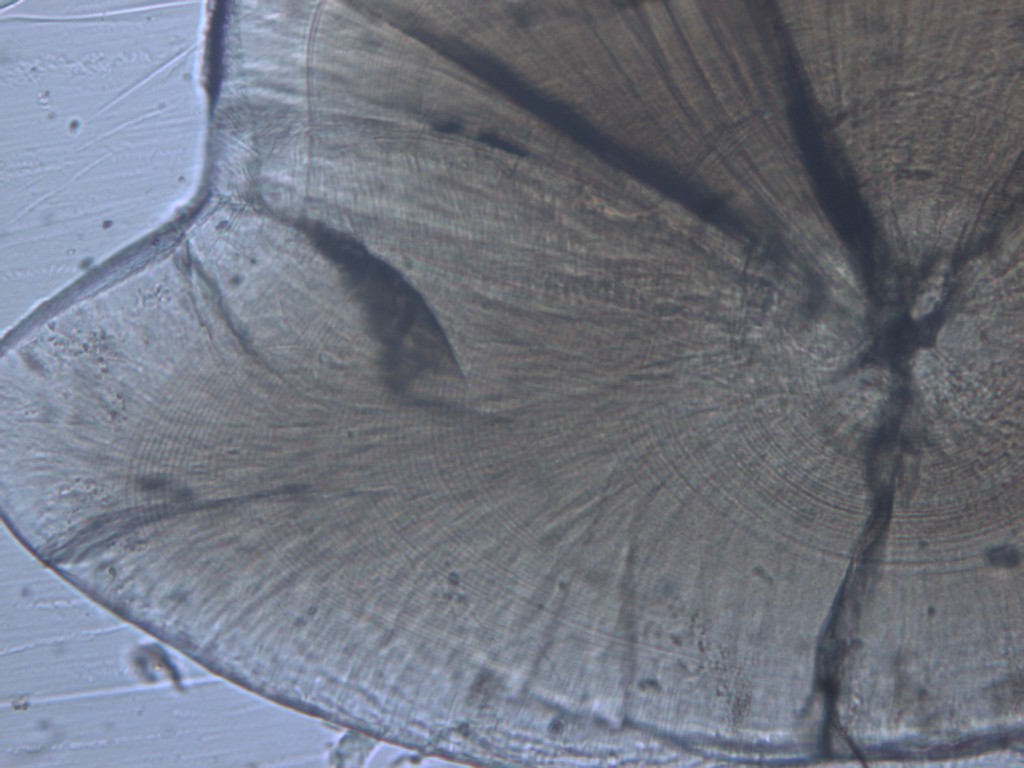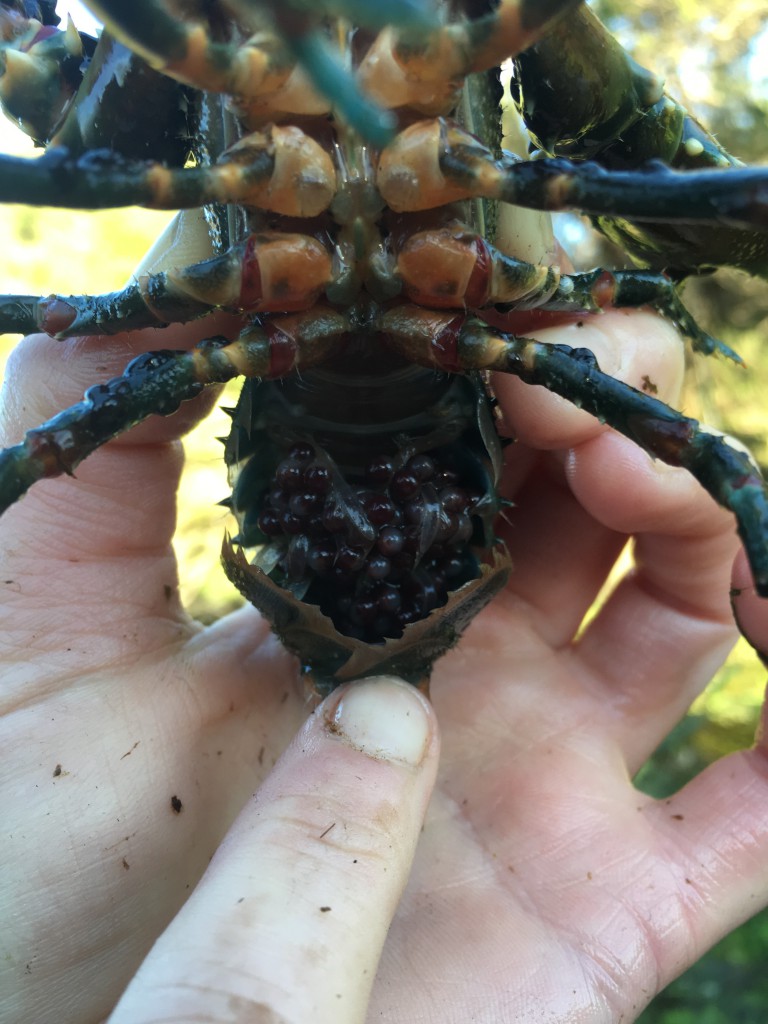Monitoring variegated pygmy perch populations in the South East
This year, I’ve spent some time kayaking the crystal clear waters of Eight Mile Creek and other unique karst spring systems in search of the Ewens (or variegated) pygmy perch. This species has an incredibly small range, occurring only in Eight Mile Creek (including Ewens Ponds and Spencer Pond) and Deep Creek in South Australia where it is listed at Critically Endangered, and the Glenelg River catchment in Victoria where it is listed as Vulnerable. Reaching just 65 mm in length, variegated pygmy perch prefer fast flowing water with dense aquatic vegetation. For this reason, they typically favour the faster flowing streams rather than the still spring pools in South East SA.
Long term annual monitoring for variegated pygmy perch in the South East has shown a decline in population abundance, presumably the result of lower flows, vegetation die back and habitat alterations. To further understand this decline and to also assess whether population abundance changes throughout the year, we’ve been conducting seasonal monitoring at key sites throughout 2016. Due to the fast flowing water and deep pools, the most efficient sampling technique is using passive box traps which are placed up against the banks in dense vegetation.
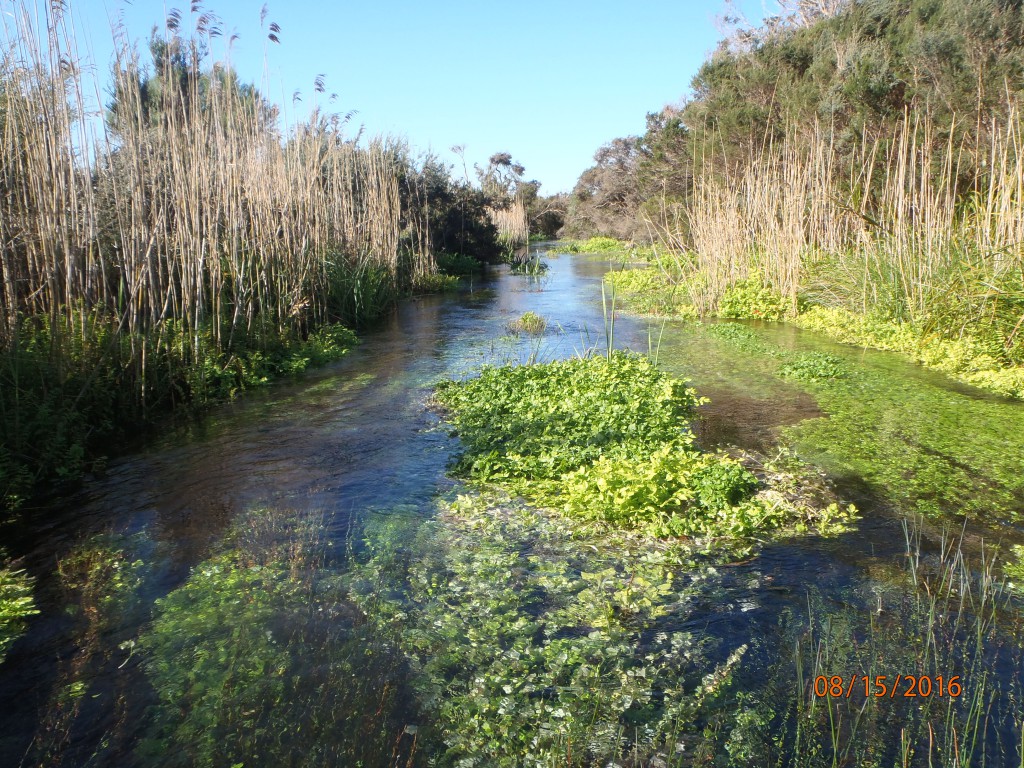
Results to date indicate that numbers of variegated pygmy perch recorded at Eight Mile Creek and Deep Creek throughout 2016 have been well above those recorded during previous monitoring in 2013 and 2014. This increase in population abundance appears to be the result of good recent breeding and/or recruitment with high numbers of young-of-year fish observed, particularly in autumn when the highest overall number of variegated pygmy perch were caught. Variegated pygmy perch are thought to breed in October to November. This is consistent with results so far, as no fish in breeding condition have been observed during monitoring in February, May or August.
Preliminary ageing work has been undertaken to assess the feasibility of using otoliths to produce reliable age estimates for variegated pygmy perch. Results have been encouraging, with relatively clear daily growth increments observed on a number of otolith sections from young-of-year fish (0+). Further ageing work will be carried out towards the end of the year to assess the reliability of using annual growth increments to age older fish (1+).
Eight Mile Creek and Deep Creek also provide important habitat for other key native species, including the Glenelg spiny crayfish, southern pygmy perch, river blackfish, congolli and common galaxias. While spotted galaxias and shortfinned eel haven’t been recorded in these karst spring habitats in recent surveys, we were excited to catch a little galaxias at Eight Mile Creek and a single sea mullet from Deep Creek in autumn this year. This winter, we also caught a ‘berried’ (brooding) Glenelg spiny crayfish, which at 48 mm (occipital carapace length), could be the smallest mature female recorded in South East SA.

Stay tuned for more results towards the end of the year!

